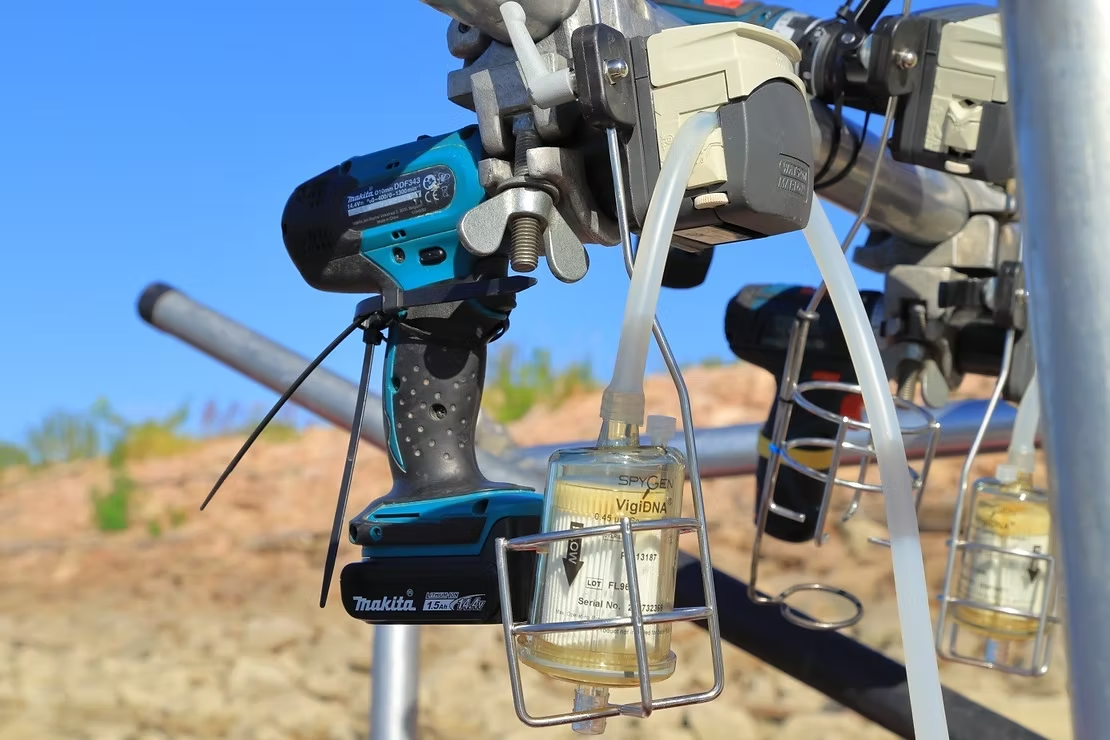
Széchenyi István University in Győr is taking part in the international MonStur project, which aims to protect sturgeon species—ancient fish often called “living fossils”—in the Danube. Using advanced methods such as environmental DNA analysis and sonar, researchers are mapping the presence, distribution, and habitats of these rare fish across the entire river.
The project brings together universities, research institutes, and conservation organizations from 12 countries, spanning from Germany to the Black Sea. Széchenyi István University is coordinating the Hungarian research efforts.
Dr. Gábor Guti, project coordinator in Hungary, emphasized that sturgeons are key indicators of the river’s ecological health. Currently, the sterlet is the only sturgeon species with a self-sustaining population in Hungary. The findings will not only support biodiversity conservation but also provide valuable insights for policy recommendations to strengthen ecological preservation and sustainable river management.
Source: Széchenyi István University




